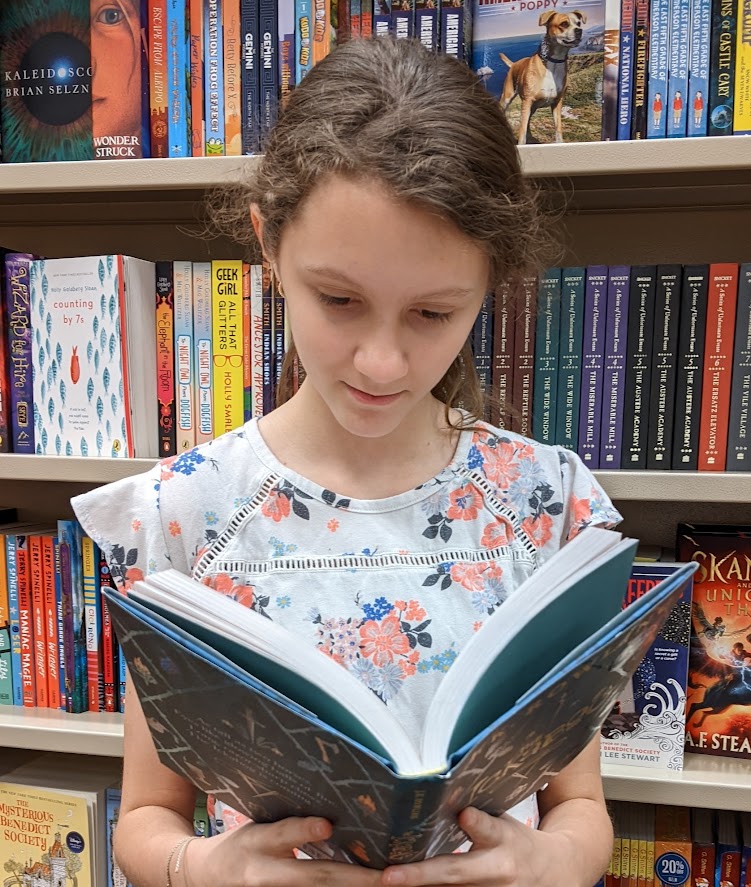We’ve all seen the classic story. A brave individual is tasked to go on a quest that will determine the fate of the world. They have to pack supplies, maybe a weapon or two, and a few friends for support. Said friends (the people we writers call a side character) follow them wherever they go, and come out every once in a while when the MC requires encouragement or man-power in a fight. These cliche-heavy side characters seem to serve no other purpose than to serve and follow the main character. That is why they’re called ‘side’ characters, right?
Wrong. Side characters can be so much more than that. They can support your protagonist, yes, but they can also inspire the reader and make your story so much more interesting.
So how can you get your readers to care about those characters? Good question.
Independence Day
The answer is found in the 1996 action movie Independence Day. And the plot itself is fairly simple: Aliens invade Earth looking to destroy all humankind, and armies across the world have to fight back. The movie follows multiple perspectives across many different settings: whether political, apocalyptic, or military.
Right away we’re introduced to many different characters. There’s David (the tech wiz), Russell (the local town’s ‘nutjob’), a fictional president (along with his wife and kid), Captain Steve (a witty U.S. pilot who lives with his girlfriend and her son) along with many, many more. And, though there are many characters, none of them appear to exist solely for the sake of supporting the main character. Since this is more of a multi-perspective story, almost all of the ‘side’ characters feel main.
The plot itself doesn’t focus on a large quest each character has to join either. Each character has a good amount of screen-time, indeed their own personal story, that occasionally crosses with the other stories.
In this movie, every character has an impact. Why? Not because they mindlessly support a protagonist-driven plot, but because they have plot of their own.
The Magic of Subplots
In the past, we’ve established how characters should have desires, fears and a goal. A goal pushes your character and therefore moves the plot along. So why should a side-character be any different? They can’t solely exist to support the protagonist if they have their own goals to pursue as well. When a side-character (or two) has their own, personal, goal they’re pursuing apart from the main adventure, it’s called a sub-plot, and they are magical things.
Including side-characters into a story with one main plot can quickly become boring. This is because the main plot has to do with the main characters, so when you try to shove side characters into a main plotline, they usually come across as dull. If you let your side characters break away from the main plot, drive their own side-plots, have their own scenes that just belong to them, and give them a goal just like any other character, they will no longer be so boring.
In Independence Day, Captain Steve works for the president and helps achieve the ultimate goal (to chase off the aliens) yet he doesn’t mindlessly follow the president around to achieve this goal. Instead, he’s one of the first fighter pilots to go after aliens. But when his ship crashes in the desert, he’s forced to travel across it with a knocked out alien over his back. And so starts his adventure. This is just one of the many side-plots Independence Day follows, and they’re so effective you have trouble telling who the real main character of the story is, if there is one at all.
Side characters shouldn’t be forced into someone else’s story. They should have their own scenes to themselves, have motivation apart from the protagonist, and ultimately create their own, unique plotline. Subplots are awesome things that should be included in every side-character’s epic journey, quest, or adventure. Because, ultimately, subplots are what keep your side-character interesting.



What are your favorite side-characters? What were their goals? How did having goal-driven side characters enhance the story? And how was this article? Too sweet? Too sour? Just right?


Hello, I’m Sophia! I’m a child of God and I (if you couldn’t tell already) love to write! I’m also a total theater kid and strong dessert (specifically cupcake) enthusiast. For as long as I can remember, I’ve enjoyed both reading and making my own stories. I’m so glad I get to share with you what I’ve learned from some of my favorite (or sometimes least favorite) stories on this blog.

